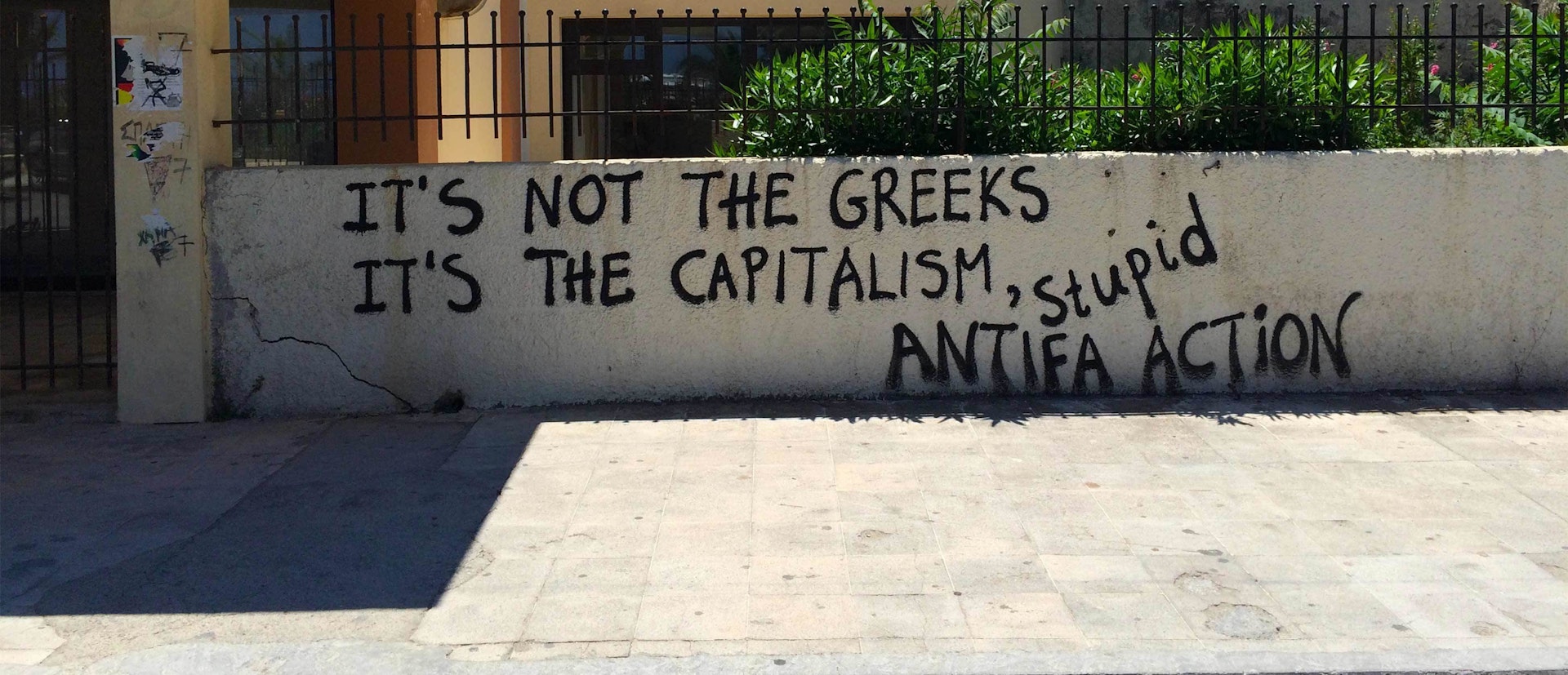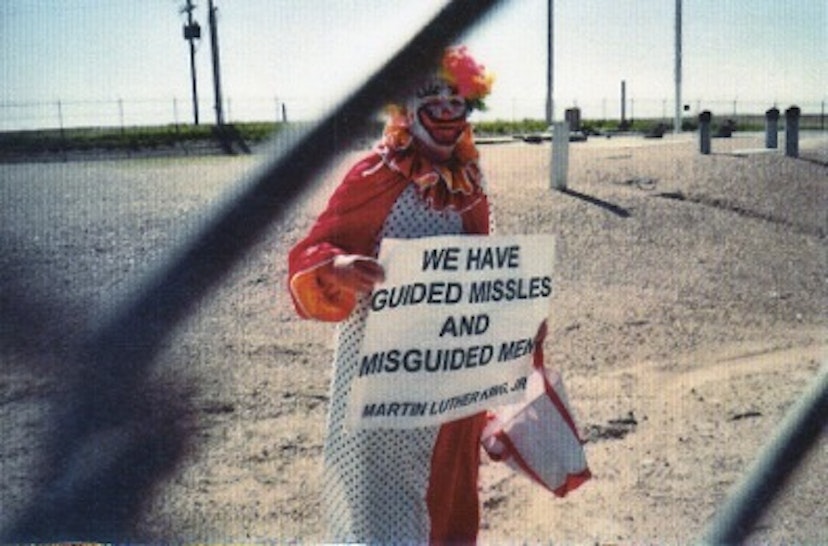
Nuns expose the terrifying weaknesses of America’s nuclear arsenal
- Text by Alex King
As we reach the 70th anniversary of the American atomic bomb attack on Hiroshima on August 6, 1945, it’s easy to think the threat of nuclear annihilation has receded. The Cold War may have ended and politicians no longer talk the language of mutually assured destruction, but there are still over 15,000 active nuclear weapons worldwide – and many are far less secure than we might hope.
Journalist Eric Schlosser’s Gods of Metal tells how an 82-year-old nun and two other pacifists broke into Tennessee’s high security Y12 weapons complex, where the uranium that destroyed Hiroshima was processed, and exposed how much of the US’s arsenal of 4,800 nuclear missiles is ageing, poorly guarded and vulnerable to infiltration by terrorists.
Sounding the alarm about the largely forgotten threat of nuclear weapons when terrorism and climate change dominate the headlines seems an uphill battle, but Schlosser has driven seismic shifts in public consciousness before. His 2001 book Fast Food Nation brought the food industry’s darkest secrets out in the open, made us rethink what we eat and catalysed a movement against the unhealthy and exploitative fast food machine.
Gods of Metal developed from Schlosser’s previous book Command and Control, which questioned whether nuclear weapons can ever be operated safely and centred around a 1980 accident in Arkansas when a missile equipped with a nuclear warhead exploded. Had the warhead detonated, it could have wiped out the entire state.
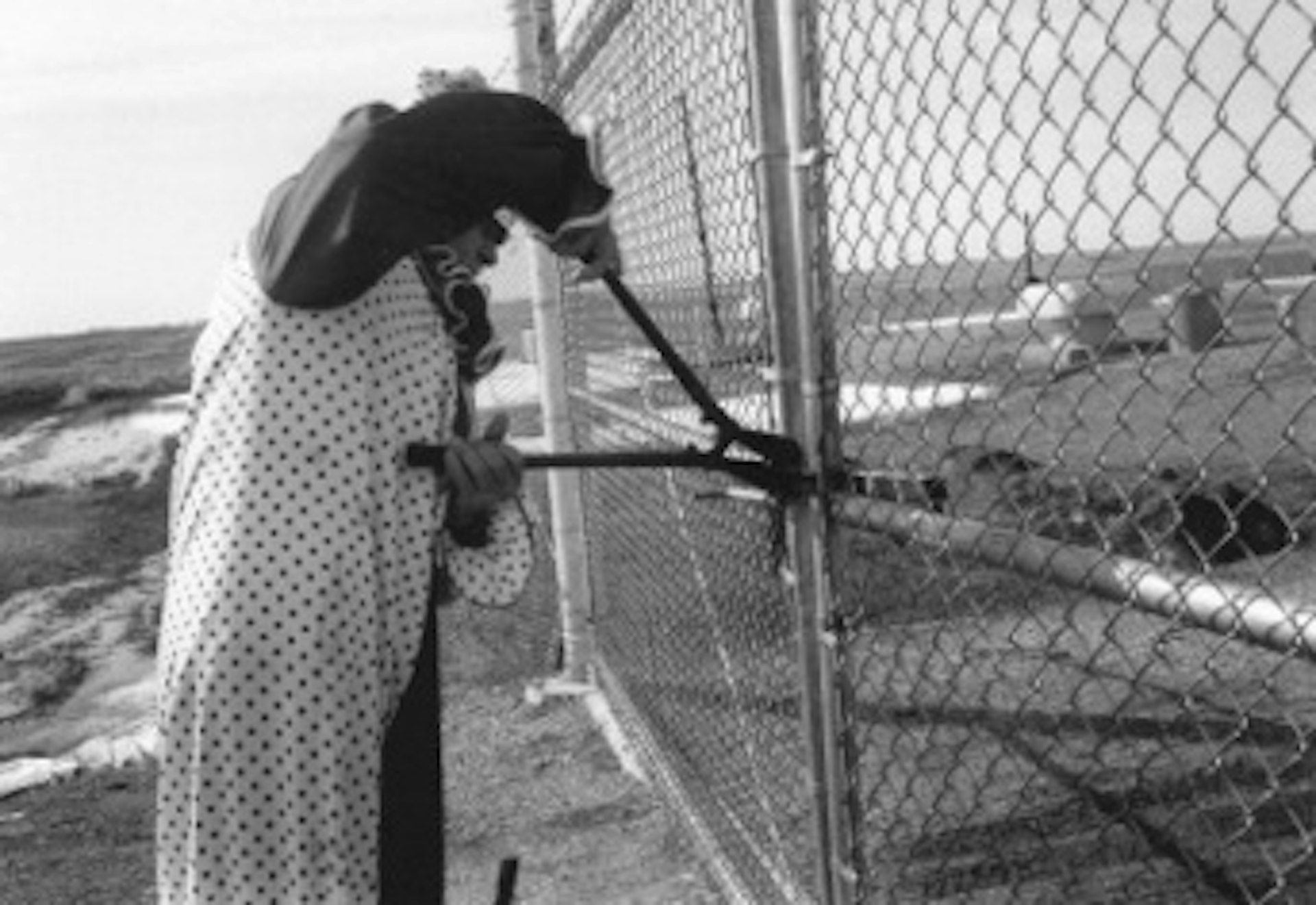
Plowshares activist Father Carl Kabat breaks into a nuke facility.
Gods of Metal is a fascinating profile of the fearless, mostly religious members of the anti-nuclear Plowshares movement who staged break-ins at Y12 in 2012 and numerous other ‘secure’ nuclear facilities over the last three decades, making the task look all too easy in the process. Their non-violent civil disobedience risked heavy prison time, which they accepted to challenge what they saw as an immoral and dangerous nuclear weapons system – whose many flaws could have catastrophic consequences. The Y12 activists were sentenced to five years and only freed after the publication of Schlosser’s article, which originally appeared in The New Yorker.
Published together to mark the 70th anniversary of Hiroshima, Gods of Metal and Hiroshima, John Hersey’s searing account of the first wartime use of a nuclear weapon, are both remarkable works of journalism that force us to rethink living beside the bomb.
How did Gods of Metal come about, did it develop from Command and Control?
Command and Control was about the effort to make sure that during the Cold War our weapons wouldn’t explode by accident, wouldn’t be used by one of our own officers without authorisation, couldn’t be sabotaged. And so it was really about the difficulty of controlling this really complex technology and using the Cold War as a way of looking at those challenges. Gods of Metal came out of that. But Gods of Metal is more about the threat right now, of terrorists stealing a weapon, making a weapon, stealing the uranium or plutonium that would build a weapon and I use that story as a way of looking at these bigger issues.
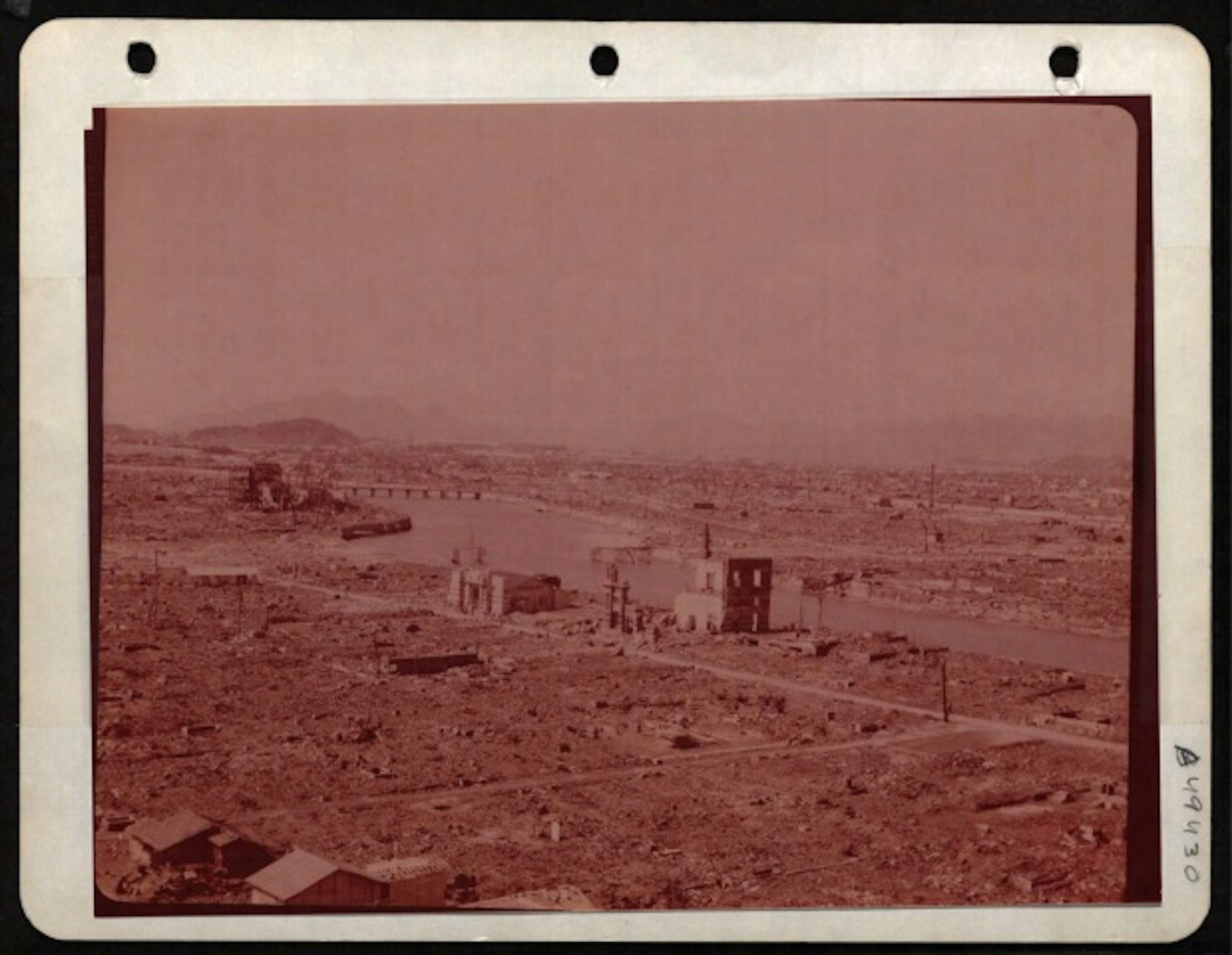
A devastated Hiroshima following the US attack in 1945.
It’s hardly a hot topic, but what first attracted you to look at America’s nuclear arsenal?
I guess I’m interested in things that you’re not supposed to know. Or that someone’s deliberately trying to hide from you that’s important. I spent time with the Air Force after Fast Food Nation and I was interested in writing about the future of war in space – all these space weapons and laser weapons they were developing. Most people don’t realise but there’s an Air Force Space Command and there’s a US Space Command, so I visited these top secret bases and they were very eager at the time to talk to me because they wanted funding for these space operations.
A lot of guys who are in the Air Force Space Command began their careers as missile launch officers, in control of ICBMs with nuclear warheads. So I was hanging out with these guys and they started telling me stories about nuclear weapons from the Cold War, about accidents and things that had gone wrong. It just was unbelievable to me.

One of the gun towers on the exterior of Y12.
One of them told me the story, the central narrative of Command and Control which is about an accident in Arkansas, involving our biggest missile and our most powerful warhead, that could have totally destroyed the state of Arkansas and killed young Bill Clinton. I was amazed that I’d never heard that story so I thought, ‘Well, I’d better write about that’. It just seemed like it was going to be relevant because people don’t think about nuclear weapons and they’re largely forgotten, but there are thousands of them right now, waiting to be used.
The awareness of the danger went away but the danger didn’t, so I thought I could write that book fairly quickly and I was wrong. It took six years. One of the reasons nobody had heard about this accident is that the Air Force and the Pentagon were really adamant when it happened that there was no chance the warhead could have detonated. But I found out through my investigations that was a lie. The warhead could have detonated so the book got bigger and bigger and became not just about this accident, but a lot of other accidents. About how close we really came during the Cold War to losing American cities to American nuclear weapons and how close we came to having a nuclear war with the Soviet Union.
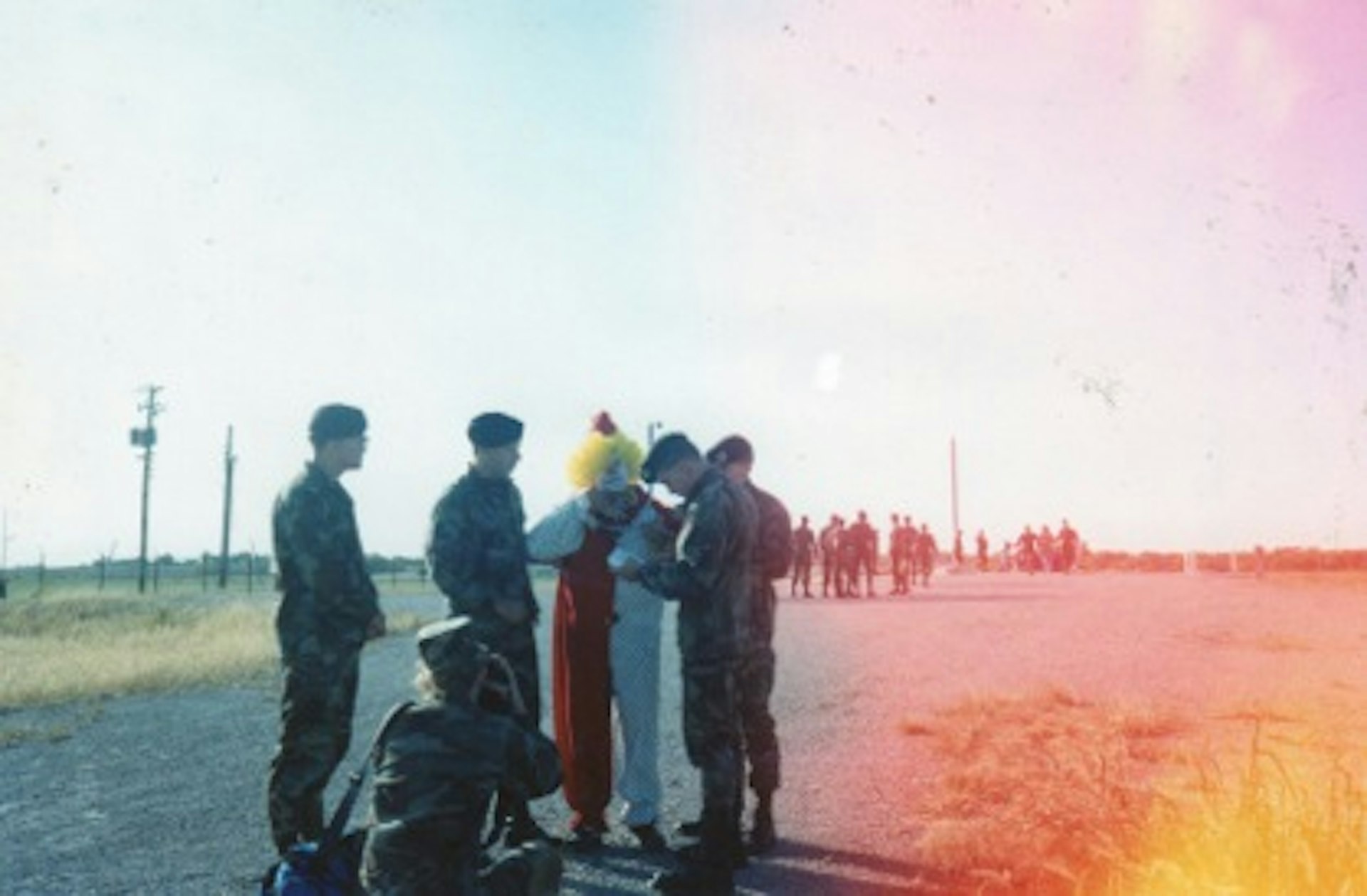
A Plowshares activist apprehended by troops.
How much do you feel the level of threat has changed since the end of the Cold War?
When I was at university in the ’80s, the threat of an all-out war with the United States and the Soviet Union was a lot higher than it is today. It really seemed like it could happen any day. Thirty years later there are far fewer nuclear weapons. Thirty years ago between the United States and the Soviet Union, they probably had a total of 65,000-70,000 nuclear weapons. Today they probably have a total of 10-14,000.
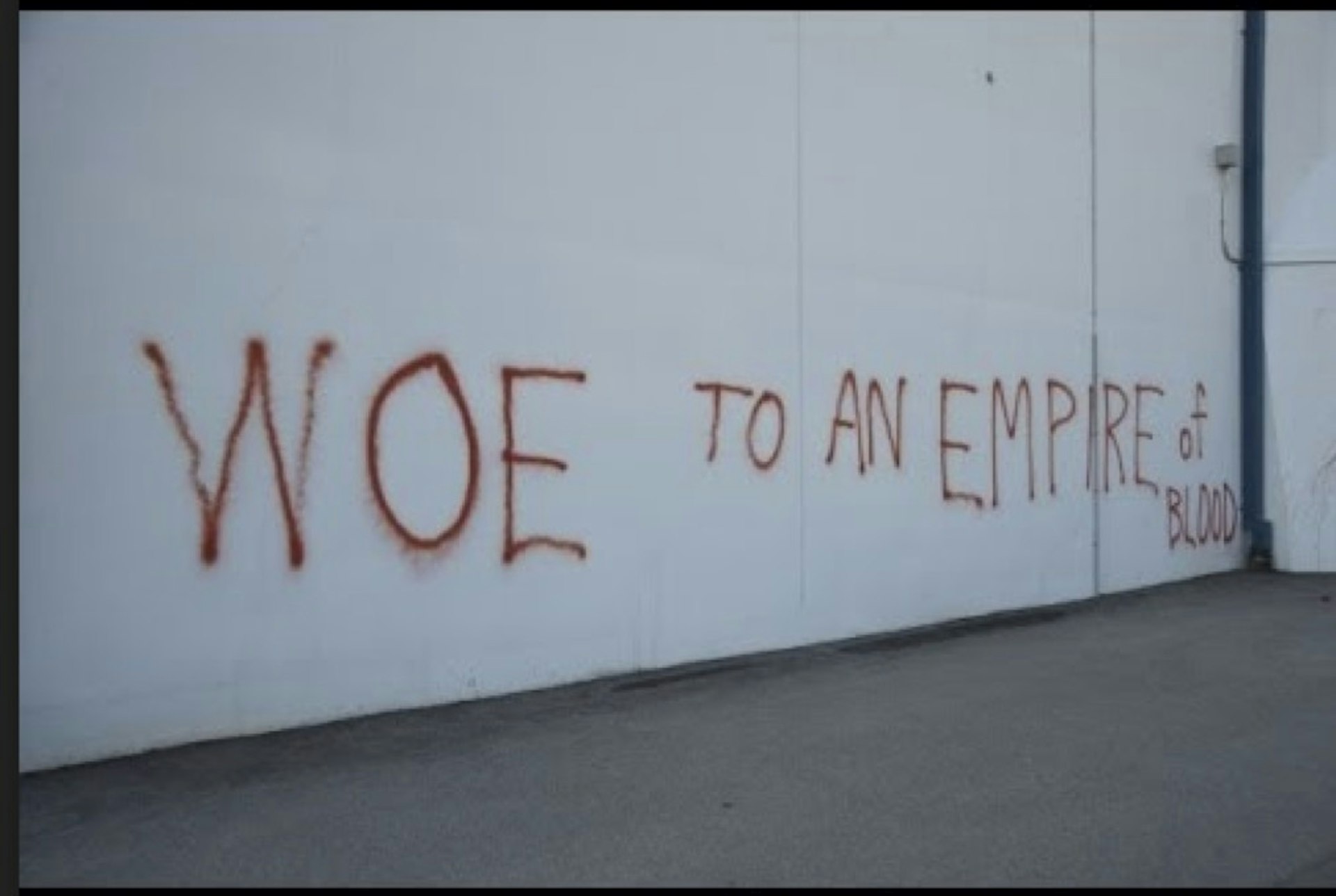
Plowshares activists’ message painted on the wall of Y12.
As the numbers go down the odds of a catastrophic accident goes down. There’s nowhere near the tension there was then, but then some of the rhetoric from Russia in the last year, about turning the US into radioactive ash, you didn’t even hear that during the Cold War. The officers in charge of the weapons today are much less experienced than the ones who were in charge of them during the Cold War. By the 1980s, you had officers in charge of the weapons who had been through the Berlin Crisis, had been through the Cuban Missile Crisis, who were very experienced with dealing with nuclear weapons at a state of heightened alert. If there were to be some crisis between the US and Russia next week, next month, and the weapons were put on alert, you’d have people who’d never been through that experience before. That’s when mistakes and miscalculations and accidents happen that can have terrible effects. So I think on the whole, the odds of an all-out nuclear war are lower than 30 years ago, but the odds of one city being destroyed by a nuclear weapon is probably higher today because we have the terrorist threat.
“The probability of a nuclear detonation is low, but the consequences would just be unbelievably high.”
Do we have an effective mechanism for understanding risk and potential threats against us?
No, we really don’t and part of it is understandable. When the Cold War ended and the Berlin Wall came down there was such relief because everyone had been living under the stress that nuclear war might occur any day. There was such great relief, a feeling that the problem had been solved and the danger had gone away. But as long as there are thousands of these weapons, the danger is still with us.
So I’m concerned about ISIS, I’m concerned about global warming and the probability of a nuclear war… The probability of a nuclear detonation is low, but the consequences would just be unbelievably high. There is no country in the world that has the medical infrastructure that could deal with the detonation of a nuclear weapon in a city. And people need to be aware of this.
There have been other periods in history where people were aware of this kind of threat and put pressure on their elected officials and were responsible for change. When Ronald Reagan took office he was totally determined to build up America’s nuclear arsenal, he was a real cold warrior. When he left office, he was devoted to the abolition of nuclear weapons and what changed were the huge protests, not just in the United States but throughout Western Europe, against nuclear weapons. There were films made about the dangers, one called Threads in the UK and one in the US called The Day After. Ronald Reagan saw The Day After, which was about what happens to America when it gets hit by a nuclear weapon and it really freaked him out. It helped make him an opponent of nuclear weapons. Things have changed in the past and I think that the threat we face today can be reduced, but the only way it’s going to be reduced is if people know it even exists and then they find a way to counter it.
“Whether you’re a writer or a filmmaker or a painter or a photographer, it’s possible to use culture, not just to entertain people but also to energise them and help people them wake up.”
Given the huge effect Fast Food Nation had on how we eat and the way we relate to our food system, what have you learned about how to trigger a collective awakening?
I’d love to tell you I have this simple formula for triggering a collective awakening, but honestly, for me, I think about it as one person at a time. I’ve spent a lot of time writing these books, but what’s most important to me is the single person who’s reading it. If I can create an interesting and compelling experience for that one person who’s reading, and if I can encourage them to think, provoke thought on this subject and maybe encourage them to do something, that’s success.
I’m not taking credit for it but it’s been amazing what happened after Fast Food Nation: there is a food movement now. There’s so much more awareness of food issues.
Whether you’re a writer or a filmmaker or a painter or a photographer, it’s possible to use culture, not just to entertain people but also to energise them and help people them wake up. The writers I’ve really admired growing up were the writers who were engaged with the big issues of their day, who weren’t just staying separate and elite and above it. They were trying to understand the world and the society that they were a part of and then write things that brought people together and empowered them.
So that sounds very pretentious but that’s sort of what I’m trying to do with my work. But do it in a way that isn’t like medicine that’s good for you, I’m trying to really write things that you want to read. That have characters who are sympathetic and compelling and that are complex, not just simple agitprop; yelling at you or ranting at you. I really want it to be an interesting life experience to read one of my books.
I can’t tell members of my own family what to do, so I wouldn’t presume to tell any of my readers to do; I just want them to enjoy the process of reading what I’ve written and open their eyes. I’m trying to encourage compassion at a time when, especially in the US, the weight of the mass culture has been all about selfishness and greed and materialism and things like that.
“It’s about a society that’s losing a kind of compassion and is allowing these huge, powerful bureaucratic structures to dominate people’s live and animals’ lives.”
Tell me more about the book you’re working on about the American prison system. In the current climate it seems like prisoners are the least likely group to be viewed with any compassion.
All those inmates are somebody’s husband, brother, sister, child. There are some of them who are violent, sociopathic, have hurt people, will hurt people – I got no problem with those sorts of inmates being kept in prison. But if you look at the 2.2 million who are locked up in the US, the majority don’t fit that classification. The majority of the inmates in the US are poor, they’re illiterate, they’re likely to be drug-addicted. And a significant portion of them are seriously mentally ill. So the question is then, what do we do with the poorest, weakest, most vulnerable people in our society? Do you you try to help them or do you brutalise and punish them?
I feel like the work I’ve been doing is interconnected and I’m trying to understand what’s happened in my country in the last 30 to 40 years. It sounds so ridiculous but if you look at the rise of the fast food industry and you look at the rise of a certain kind of industrial agriculture that treats animals and livestock like they’re inanimate objects or commodities… Our factory farms are so brutal and the very same years we’ve been developing and building those factory farms are the same years that we’ve been building up our prison system.
“So I feel like a lot of what I’m doing as a writer is just trying to understand, how did my country become so fucked up?”
If you were from outer space and you saw how we treated the hogs at our factory farms and you saw how we treated the poor and the drug-addicted in one of our prisons, there’s a connection. It’s about a society that’s losing a kind of compassion and is allowing these huge, powerful bureaucratic structures to dominate people’s lives and animals’ lives.
So I feel like a lot of what I’m doing as a writer is just trying to understand, how did my country become so fucked up? And I really believe it doesn’t have to be this fucked up. And none of this was inevitable. If I felt like this was inevitable I wouldn’t bother doing this. It’s because things don’t have to be this way that I feel it’s worth pointing out to people how things have gone wrong – and we can fix it.
Gods of Metal by Eric Schlosser and Hiroshima by John Hersey are published on August 6 by Penguin.
Enjoyed this article? Like Huck on Facebook or follow us on Twitter.
